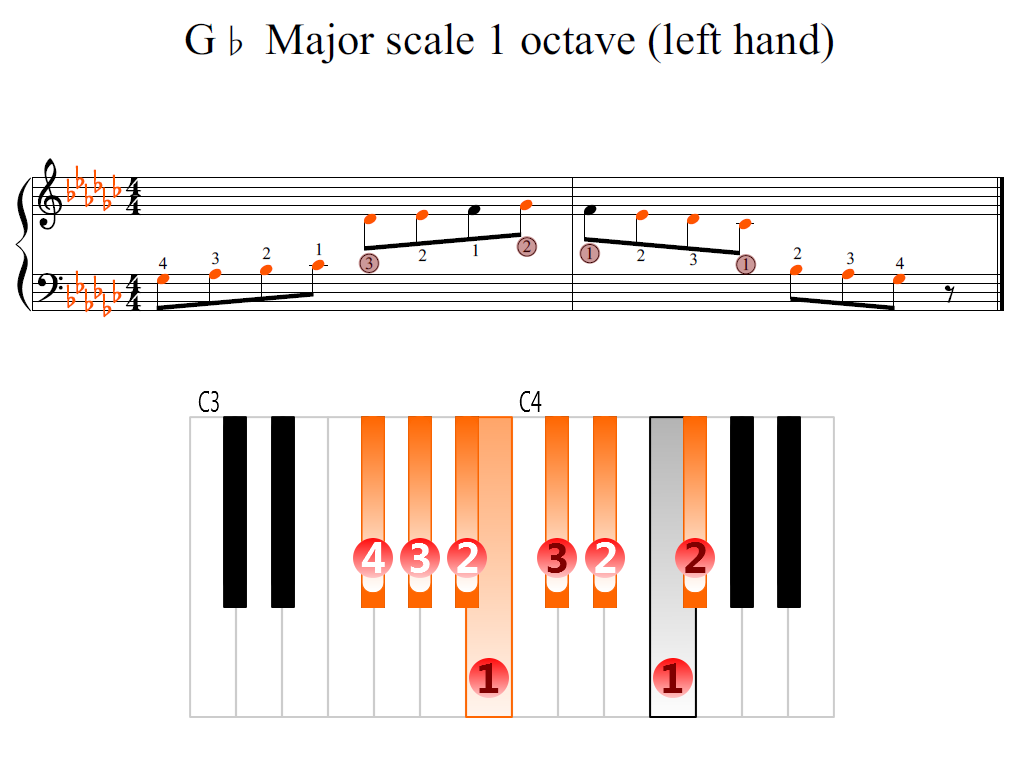

The 4th note of the A-flat major scale is Db The 3rd note of the A-flat major scale is C The 2nd note of the A-flat major scale is Bb The 1st note of the A-flat major scale is Ab This major scale key is on the Circle of 5ths - Ab major on circle of 5ths, which means that it is a commonly used major scale key. It also shows the scale degree chart for all 8 notes. If you are still not adept at playing over individual chord changes playing in Gb major is pretty safe over that section.This step shows the ascending A-flat major scale on the piano, treble clef and bass clef. The bridge section is not improvised over on the original recording but many people do so in live performances. There are other options but these are a great starting point.Īs for the B section, it is more “changes” based but largely in the key of the relative major, Gb. Jazz players often will play Dorian over minor progressions because of its brighter sound and Eb Dorian does not clash with either chord. A third option is to play Eb Dorian, another minor scale but with a M6 instead of an m6. Another is to play the Eb minor blues scale. One obvious choice is to play the Eb natural minor scale. If your purpose for learning this information is to know what to do when improvising over the A section, which is Ebm-Bbm, there are many options to choose from. The melody to the A section of Take 5 is based on what is called the “minor blues scale”, a minor pentatonic scale with an extra chromatic note added between the P4 and P5 notes (Eb Gb Ab A Bb Db). However they do not share the same tonal center so it is better to conceive of the song as being in Eb minor and use Eb as your tonal center.

You are correct in your assumptions but here is a slight adjustment in your terminology: Eb minor (natural minor) is the relative minor of Gb major.


 0 kommentar(er)
0 kommentar(er)
